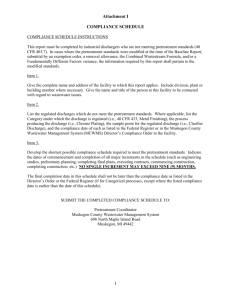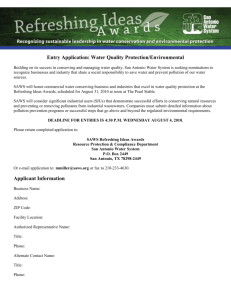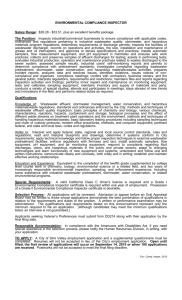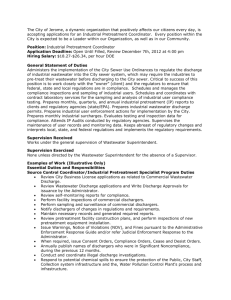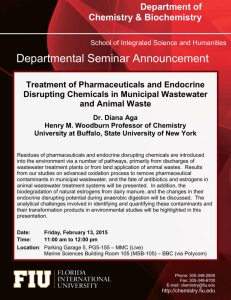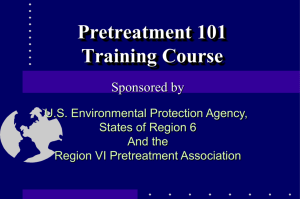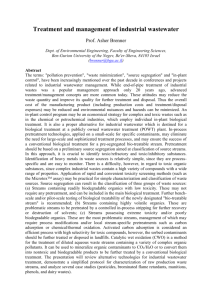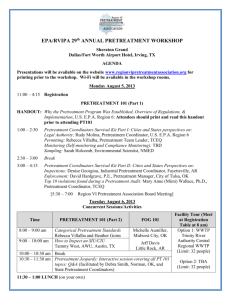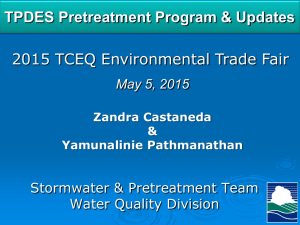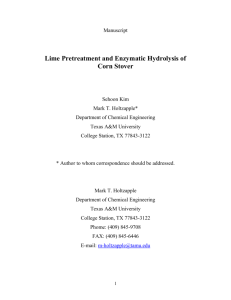annexure 1 - Commonfloor.com
advertisement
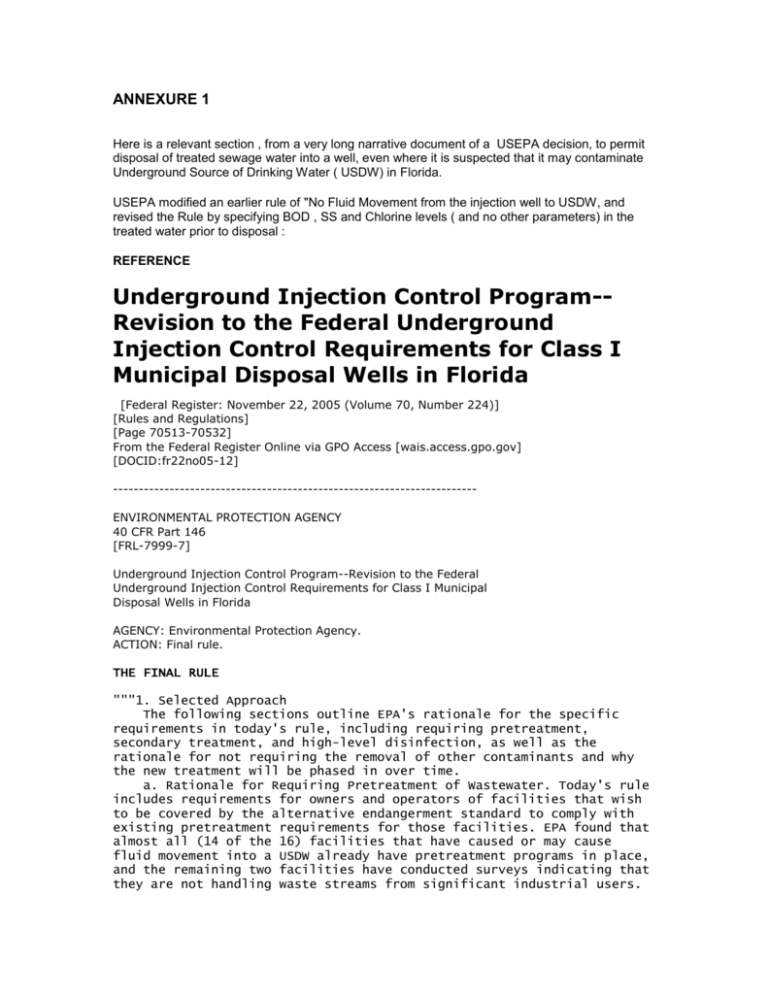
ANNEXURE 1 Here is a relevant section , from a very long narrative document of a USEPA decision, to permit disposal of treated sewage water into a well, even where it is suspected that it may contaminate Underground Source of Drinking Water ( USDW) in Florida. USEPA modified an earlier rule of "No Fluid Movement from the injection well to USDW, and revised the Rule by specifying BOD , SS and Chlorine levels ( and no other parameters) in the treated water prior to disposal : REFERENCE Underground Injection Control Program-Revision to the Federal Underground Injection Control Requirements for Class I Municipal Disposal Wells in Florida [Federal Register: November 22, 2005 (Volume 70, Number 224)] [Rules and Regulations] [Page 70513-70532] From the Federal Register Online via GPO Access [wais.access.gpo.gov] [DOCID:fr22no05-12] ----------------------------------------------------------------------ENVIRONMENTAL PROTECTION AGENCY 40 CFR Part 146 [FRL-7999-7] Underground Injection Control Program--Revision to the Federal Underground Injection Control Requirements for Class I Municipal Disposal Wells in Florida AGENCY: Environmental Protection Agency. ACTION: Final rule. THE FINAL RULE """1. Selected Approach The following sections outline EPA's rationale for the specific requirements in today's rule, including requiring pretreatment, secondary treatment, and high-level disinfection, as well as the rationale for not requiring the removal of other contaminants and why the new treatment will be phased in over time. a. Rationale for Requiring Pretreatment of Wastewater. Today's rule includes requirements for owners and operators of facilities that wish to be covered by the alternative endangerment standard to comply with existing pretreatment requirements for those facilities. EPA found that almost all (14 of the 16) facilities that have caused or may cause fluid movement into a USDW already have pretreatment programs in place, and the remaining two facilities have conducted surveys indicating that they are not handling waste streams from significant industrial users. EPA believes that existing pretreatment programs at the affected facilities are adequate and necessary to ensure that a variety of contaminants that might appear in wastewater do not endanger USDWs. EPA agrees with commenters who suggested that requiring industrial users to pretreat their wastewater would reduce the chance of contaminating USDWs and reduce the costs to municipal treatment works. EPA also agrees with several commenters who advocated extending pretreatment requirements to facilities with flows of less than 5 MGD. EPA disagrees with commenters who opposed the pretreatment requirements, and who cited concerns about the ineffectiveness of pretreatment programs to prevent fluid movement or protect public health. EPA believes that it is important for significant industrial users to pretreat their wastewater to remove those contaminants that would not be consistently removed by a municipal wastewater treatment facility before they are injected. Therefore, today's rule requires that owners and operators develop and implement a pretreatment program that is no less stringent than the State's requirements in Florida Rule 62-625, unless they have no significant industrial users as defined in that chapter, if they wish to avail themselves of the alternative endangerment standard. The State developed these pretreatment requirements to ensure that contaminants are prevented from endangering the public. EPA is adopting pretreatment provisions consistent with those requirements under the authority of the SDWA to prevent contaminants from endangering USDWs. b. Rationale for Requiring Secondary Treatment of Wastewater. Florida currently requires Class I municipal wastewater facilities to apply secondary treatment prior to injection, and this requirement will stay in place regardless of the addition of the high-level disinfection requirement. Applying secondary treatment, which requires BOD reduction to 25 ppm and TSS reduction to 30 ppm, is necessary for high-level disinfection to work. Without significant reduction in suspended solids that is first achieved by secondary treatment and is further addressed by filtration, the standards for compliance with the high-level disinfection standard of 5 ppm of total suspended solids in this rule could not be achieved.""" Dr. Ananth S. Kodavasal – Director Ecotech Engineering Consultancy Pvt. Ltd. 39, Dodsworth Enclave Whitefield, Bangalore 560 066 Tel/ Fax : 28454760 Mobile : 98450-62033 Email : kodavaas@bgl.vsnl.net.in ecotech.bangalore@gmail.com September 18, 2009

